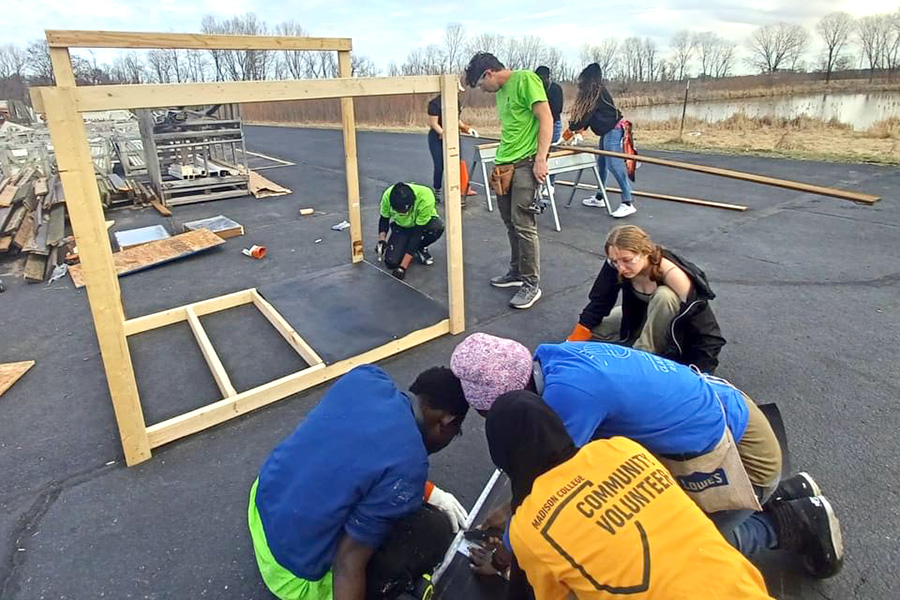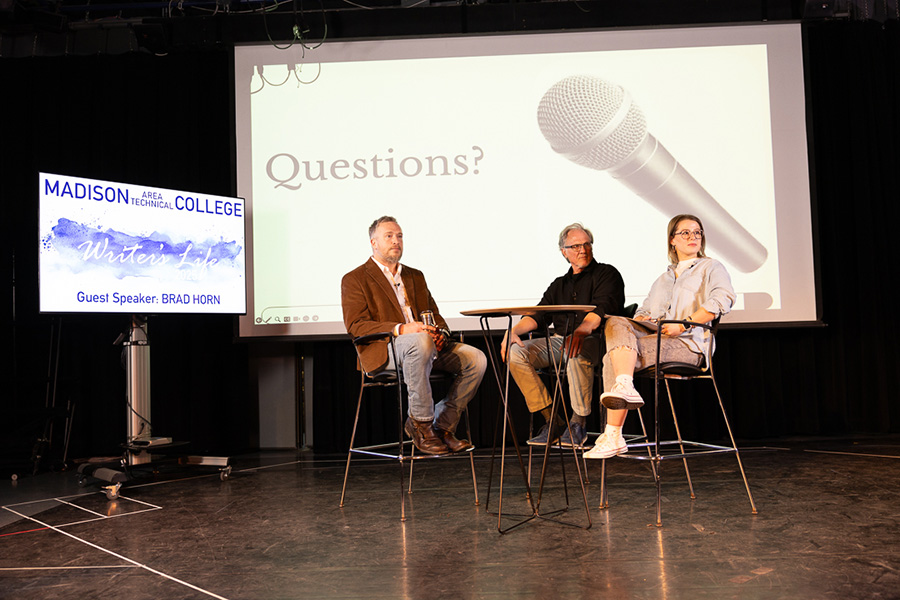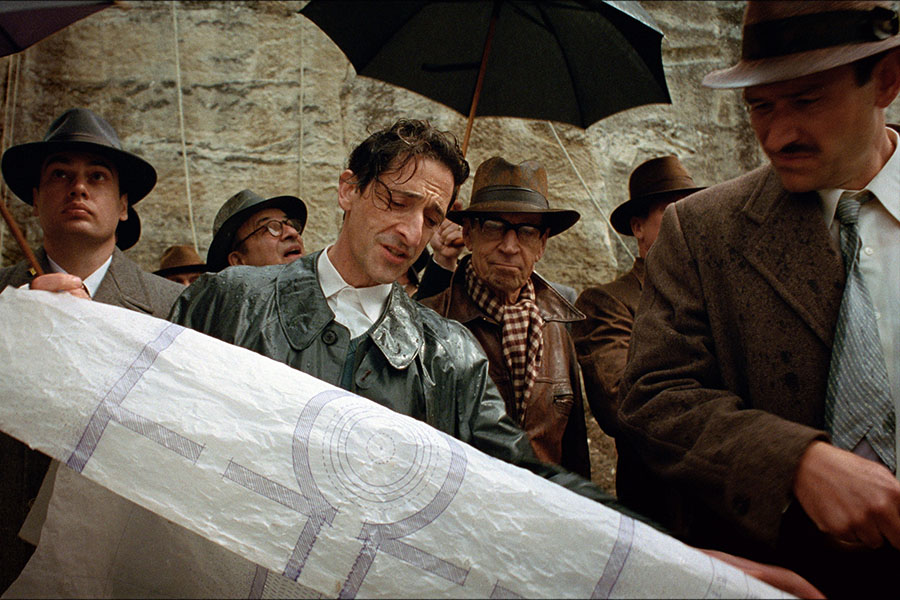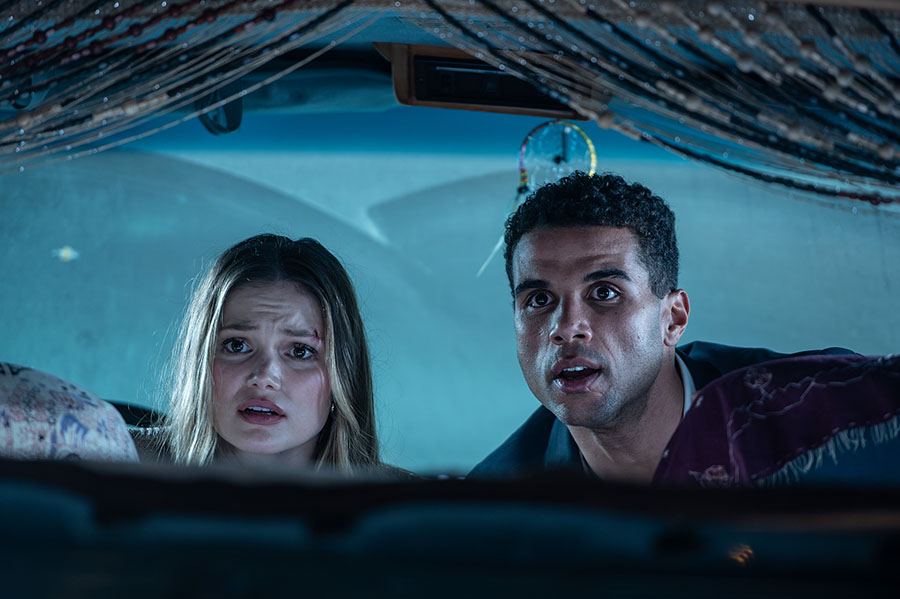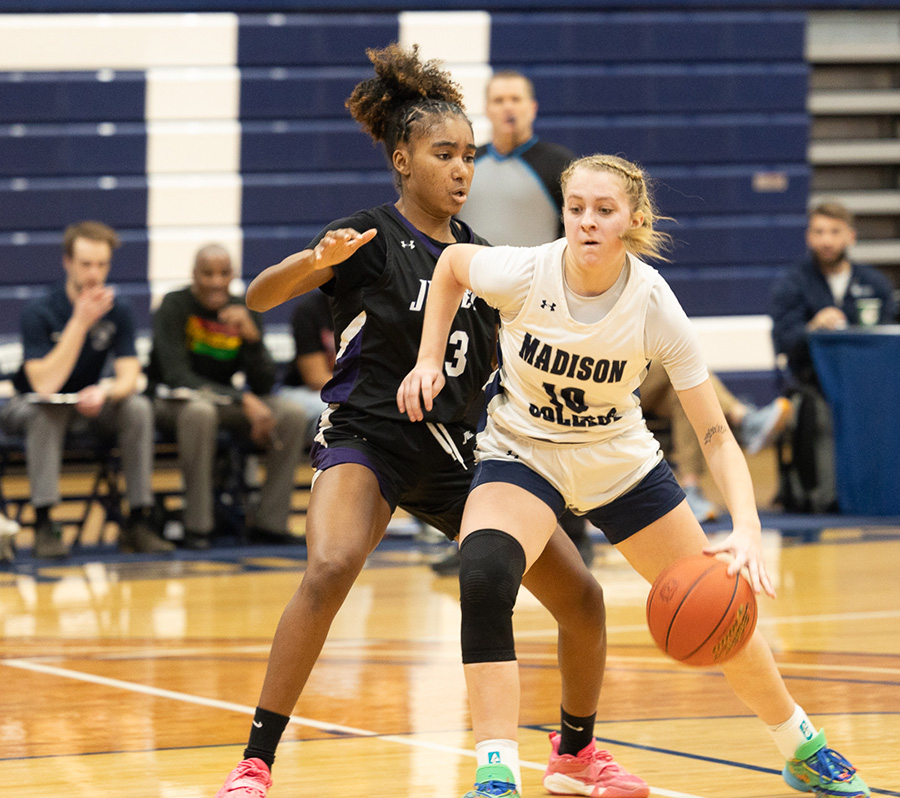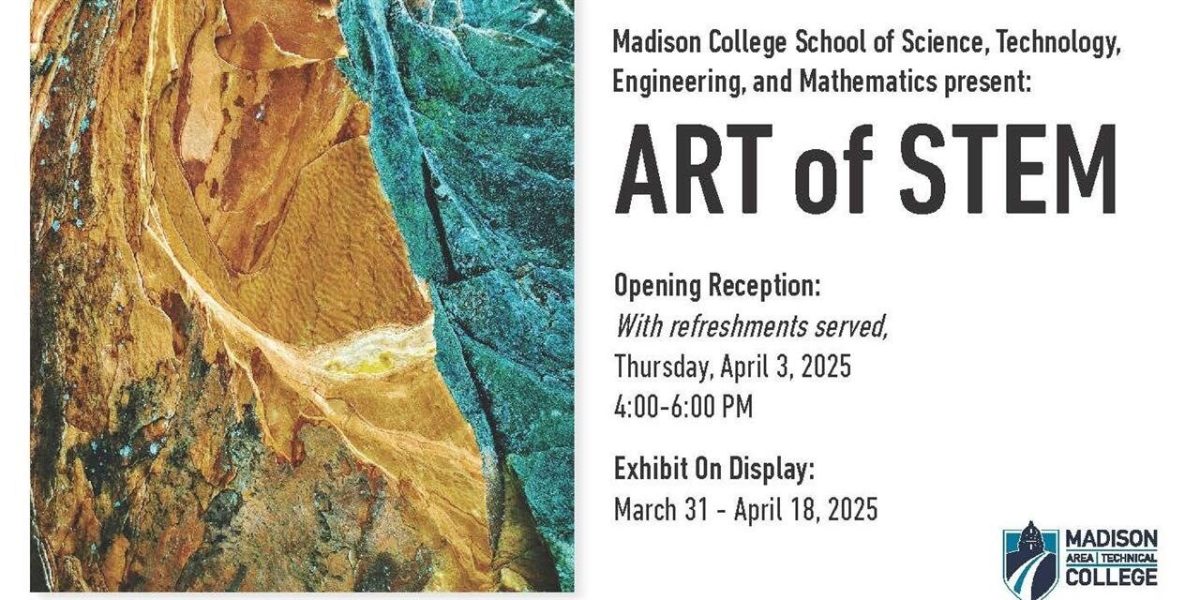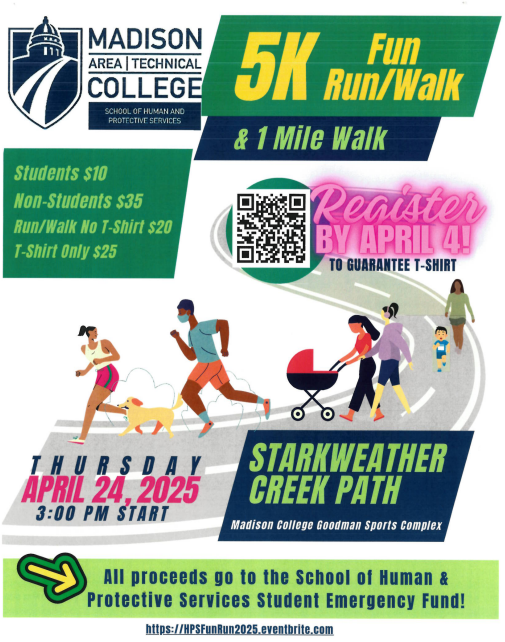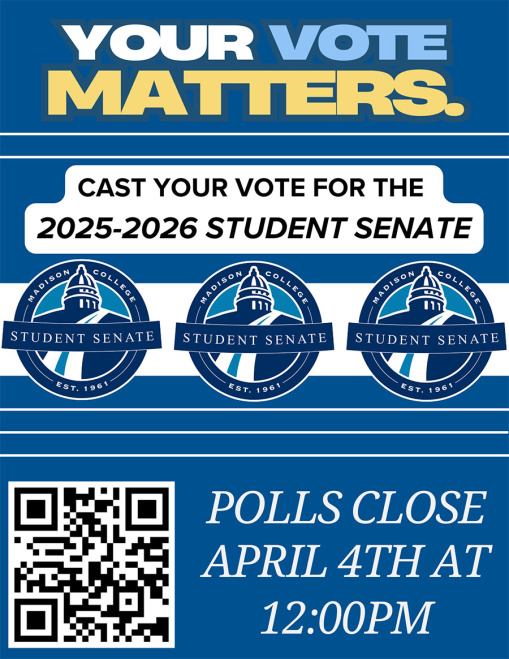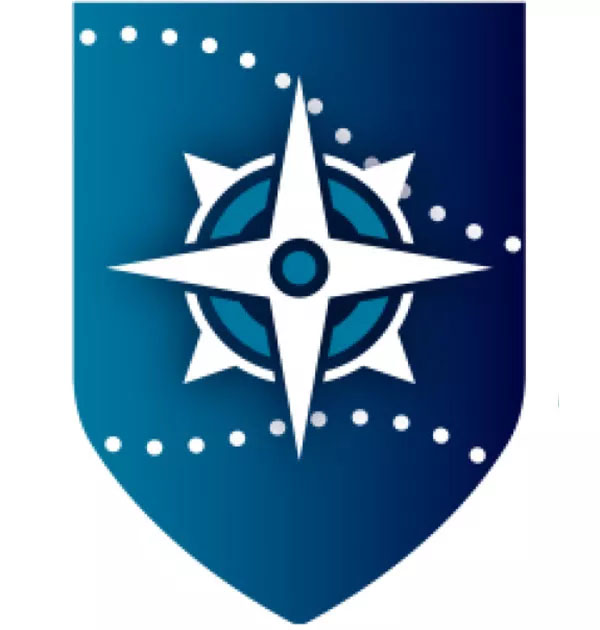What is NaNoWriMo you ask? NaNoWriMo is short for National Novel Writing Month, celebrated each year in November. It was created in 1999 as a project to get people to try creative writing. People were encouraged to try to write 50,000 words during the month, with support and feedback from others in the project. The first years of the project were documented in the book “No Plot? No Problem!: A Low-Stress, High-Velocity Guide to Writing a Novel in 30 Days,” available in the Madison College Libraries. The project has grown in popularity, thanks to the explosion of social media.
November is typically a very busy month for paper writing, so it might seem ridiculous, cruel even, to suggest even more writing. The goal of this column is not to be cruel, or even to suggest writing 50,000 words this month. The goal is to encourage you to try just a little writing outside of school work, in whatever creative format you like be it fiction, nonfiction, poetry or journaling.
Research has shown that sprinkling in a little writing for fun or reflection will improve other types of writing you do, including research papers.
Madison College offers a number of credit and non-credit creative writing classes each semester, covering a variety of genres.
There is even a non-credit Publishing a Novel class next semester. Should you happen to have a successful NaNoWriMo month, you may to take the course, despite all the paper writing.
Doing searches on the subject terms “authorship” or “creative writing” in the Madison College Libraries Catalog will bring up a myriad of books, e-books and videos to help you along with your creative writing.
To get inspired to write, check out past issues of the “Yahara Journal,” Madison College’s annual collection of creative writing from students, which is available in the Madison College Libraries. Use the library’s subscription database NoveList to explore novels in different genres and to find articles on the process of writing for different audiences and in different styles. Check out an iPad from the Truax Library to explore apps that enhance creative processes.
In the near future Madison College will begin offering digital badges to students for skills or accomplishments beyond the classroom, providing more tangible incentives for writing outside the classroom. For more information about digital badges, check out http://madisoncollege.edu/badges. But whether or not the rewards of creative writing are immediately clear to you, consider this quote from the late gonzo journalist Hunter S. Thompson.
“I find that by putting things in writing I can understand them and see them a little more objectively. Words are merely tools and if you use the right ones you can actually put your life in order,” he said.
In the spirit of NaNoWriMo, find a couple minutes to try and write something outside of school work. It may pay off for you in improving your writing overall. Who knows? Perhaps you’ll even end up writing a novel.


